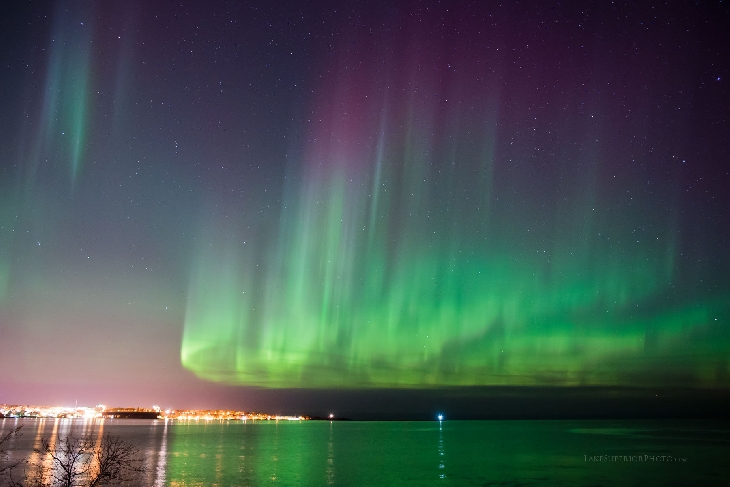Space weather forecasters predicted a minor geomagnetic storm on Nov. 7th. But owing to a rare phenomenon, it turned out to be much stronger.
As night fell across North America, auroras invaded Canada and a dozen US states from Alaska, Vermont, New York, Wyoming, Iowa, Wisconsin, Michigan, Illinois, Wyoming and–believe it or not–Nebraska.
This was predicted to be a G1-class storm, but it went crazier. Indeed, to get northern lights at the latitude of Wyoming (+44 N) and Nebraska (+41 N) it takes a pretty good geomagnetic storm.









It also happened around the world, for example in Tasmania:
And Sweden:
What made this display so strong?
The solar wind stream hit Earth’s magnetic field on Nov. 7th. The leading edge of the stream contained a co-rotating interaction region (CIR), some rare transition zones between slow- and fast-moving streams of solar wind. This CIR hold an extreme density gradient and strong magnetic fields that do an extra-good job sparking auroras. The arrival of the CIR sparked a G2-class.












[…] Space weather forecasters predicted a minor geomagnetic storm on Nov. 7th. But owing to a rare phenomenon, it turned out to be much stronger. Read More… […]